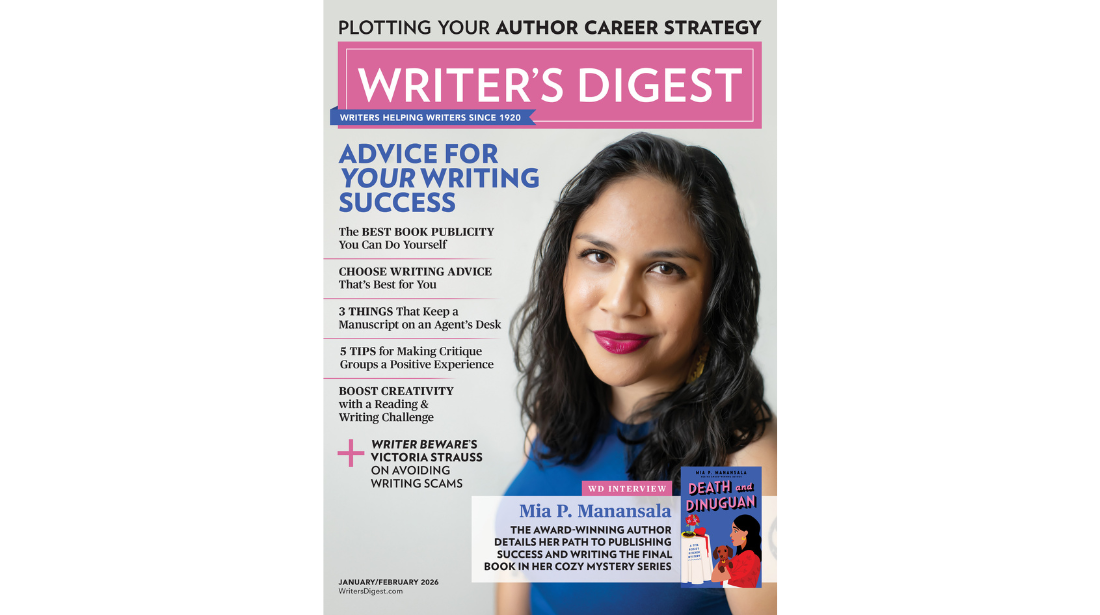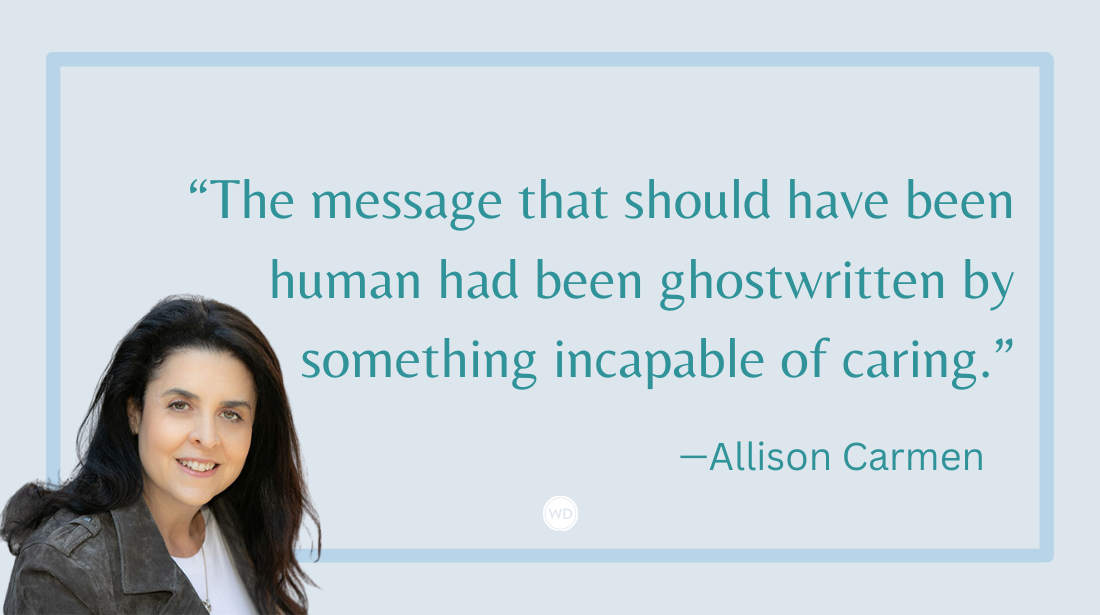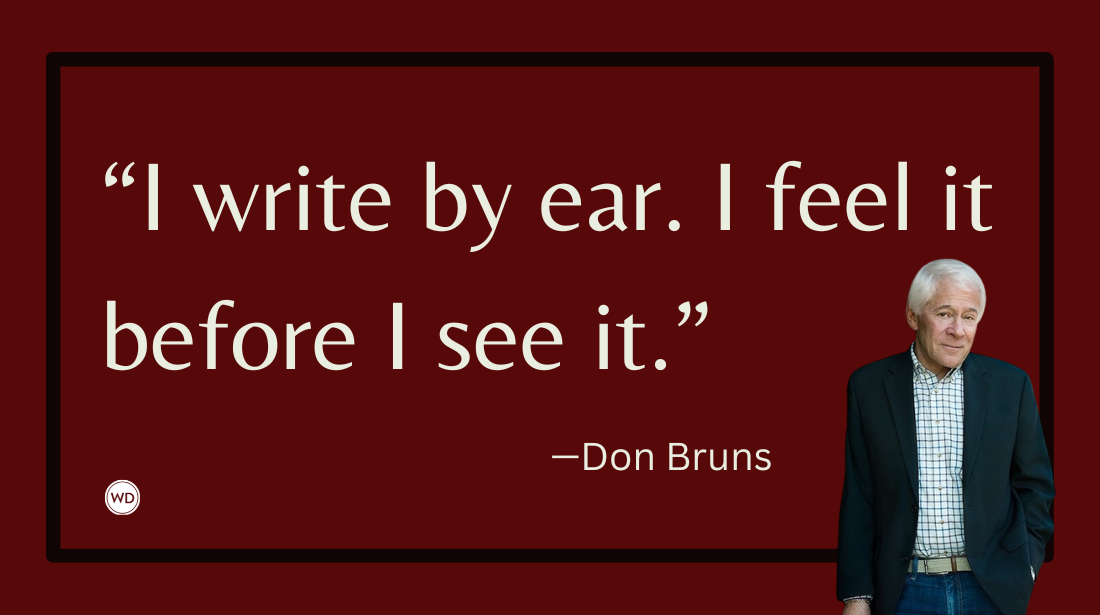Jennifer Fawcett: I Live With Ideas for a Long Time
In this interview, author Jennifer Fawcett discusses the real-life criminal family that inspired her new thriller, Keep This for Me.
Before writing books, Jennifer Fawcett was an award-winning playwright and cofounder of the theater company, Working Group. She is the author of Beneath the Stairs and Keep This for Me. Born and raised in Canada, she spent a decade living in the Midwest before settling in the Hudson Valley. She holds an MFA from the Iowa Playwrights Workshop. Her work has been published in Third Coast Magazine, Reunion: The Dallas Review, Storybrink, and in the anthology Long Story Short. She teaches writing at Skidmore College and lives in upstate New York with her husband and son. Visit her at JenniferFawcettAuthor.com, and follow her on Facebook and Instagram.
In this interview, Jennifer discusses the real-life criminal family that inspired her new thriller, Keep This for Me, her advice for other writers, and more.
Name: Jennifer Fawcett
Literary agent: Victoria Marini, High Line Literary Collective
Book title: Keep This for Me
Publisher: Atria
Release date: October 7, 2025
Genre/category: Thriller
Previous titles: Beneath the Stairs
Elevator pitch: A woman attempts to uncover the connection between a notorious serial killer and her mother’s disappearance—a mystery that’s spanned generations and returned to haunt her once again.
What prompted you to write this book?
I stumbled on a short news piece about a young couple whose car broke down on the side of the road. This was in the 1980s, long before cell phones. They were picked up by a truck driver who probably told them he’d take them to a phone. Unbeknownst to them, the truck driver was a serial killer who had been picking people up and killing them all over the country. He killed the man but held the woman hostage for a few hours before killing her too. I couldn’t stop thinking about that woman and what must have gone through her mind while she was a prisoner in that truck. How she would try to understand the sequence of events that had taken her from an ordinary night to a nightmare.
The truck driver was caught and a graveyard of previous victims was discovered in the backyard of his house where his wife and son lived. Years later, his son grew up and started doing the same thing, which was how I came to read about it. Journalists speculated whether there could be a genetic proclivity to murder. I don’t know if that has been answered, but I believe that growing up in a family where that kind of violence is present, even if hidden in the backyard, has to have an impact on a child. I was fascinated by how what happens in one generation ripples into the next, and so this book is about two families, the killer’s and the victim’s, and how they each grapple with the violent legacy they have inherited.
How long did it take to go from idea to publication? And did the idea change during the process?
I sold the idea for the book (five chapters and an outline) in spring 2023 and the book is coming out in Fall 2025. In the two and a half years that the book was developed, the ideas have deepened but the central plot points have remained the same. In the thriller genre, there are a lot of young women who become victims, as in real life. The problem is when “victim” becomes their primary identity. When I sold the book, I knew Ana was gone but I didn’t want her to just be yet another victim of a serial killer. As I kept writing, I discovered what had actually happened that night when her car broke down on the side of the road.
Were there any surprises or learning moments in the publishing process for this title?
My agent will back me up here: I’m terrible at coming up with book titles. Both of my books had working titles when I submitted them and the process of finding a better title ended up being a group effort between my agent, my editor, and me. For the book that became Keep This for Me, we had a title we agreed on but then marketing weighed in and said we had to change it. What I learned is that the title and the cover are essential to book positioning. It’s about that split-second first decision that a reader makes when they walk into a bookstore and see a table of books. Finding a title that everyone could love was a long, fraught process, and eventually another editor weighed in. She brought a fresh set of eyes, which was how she found the title sitting inside a line of the book.
Were there any surprises in the writing process for this book?
This might sound silly, but when I read the first draft, I realized that I’d written five dogs into the book. It was like every character had a dog!! We had said goodbye to our beloved family dog a few years previously and were starting to talk about getting a new one. I didn’t realize how much I was thinking about it until I read those pages.
I narrowed the book dogs down to one very special German Shepherd called Tucker (I even found a picture of him and would look at it sometimes for reference). And a few months later, we adopted our dog, Maxie, and she’s since spent many hours lying at my feet while I worked on my revisions.
What do you hope readers will get out of your book?
First and foremost, I want readers to feel immersed in the world of this book. I can see the lake with its waves crashing on the beach, the sky heavy and grey overhead. I can smell the family cottage with its musty old furniture. My characters are real to me: Jason, the son of the serial killer, with his rage; Fiona with her searching and her grief about her murdered mother; and Lily, the serial killer’s granddaughter, who is trying to understand how she fits into the violent legacy she’s been left. I hope that this world and these characters feel real for readers as well.
If you could share one piece of advice with other writers, what would it be?
We are in a world that is filled with content. There’s a continual churn of it and the expectation of more, more, more. In television, we’ve grown used to binging. And in genre writing, there’s an emphasis for a high output from writers. I have great admiration for authors who can write a book (or more) a year, so this isn’t a slag on them, but I am not one of them. I live with ideas for a long time. And I think there’s something valuable that happens with time. Layers are created. Some of my favorite authors have multi-year gaps between their books, but I love their work for the complexity of the characters, the intricacies of plot, the language choices. As a reader, I have to wait longer, but it’s worth it.
My advice to writers is that there isn’t one pace that’s right. If you can write quickly, lucky you. The market will reward you for this. But if you’re slower, whether it’s because you have to sit with an idea longer or because you have other commitments on your time, you can still write a great book that readers will love. Write at your pace. In the end what matters is that you write the best book you can, no matter how long that takes.









